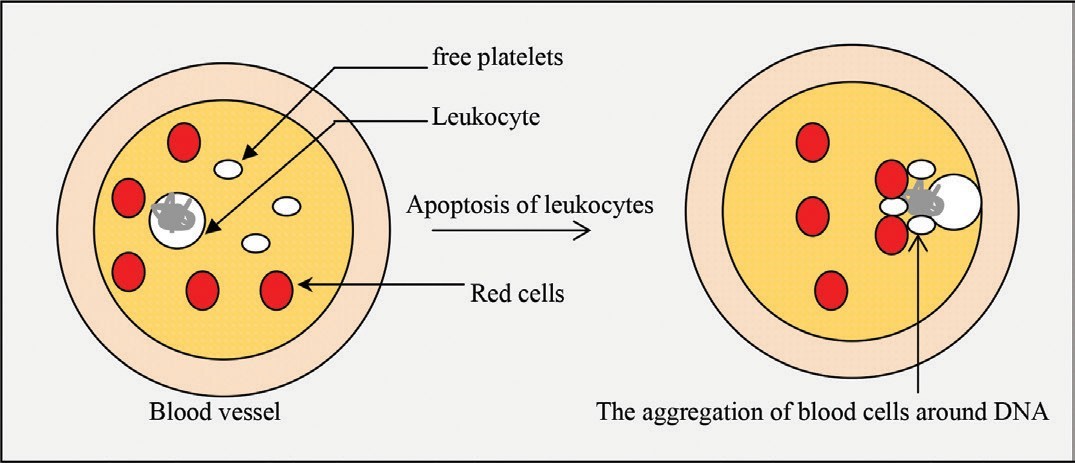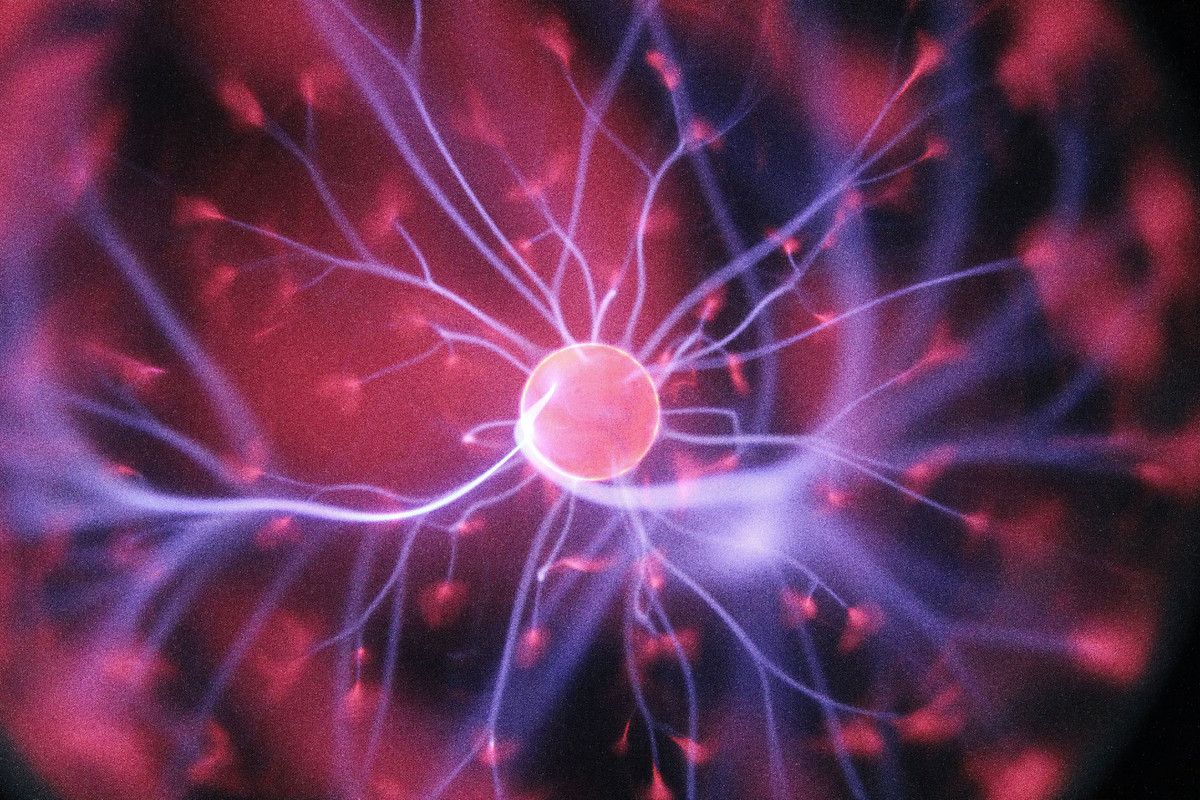The Physiological Consequences of Apoptosis in the Human Body
DOI:
https://doi.org/10.5530/jcrsci.2.4Keywords:
Apoptosis, DNA fibres, Coagulation, Cell assembly, Tissue pigmentationAbstract
It has been demonstrated that collagen fibres play an important role in the process of the cell assembly in order to form the human tissues, this mechanism is due to the adhesive characteristic of those fibres from which has been explained their involvement in the platelets aggregation after a vascular breach that uncovers collagen. However, it is known that DNA fibres are strongly anionic which makes them able to adhere to the sur- rounding cells after their liberation. Hence, we might hypothesize that nucleic acids are also involved in the cell assembly and in the platelets aggregation when they interact with the extracellular fluids. Therefore, the purpose of this work is to give a new insight into the physiological conse- quences induced by the release of cell products after apoptosis.
Downloads









Quick Links